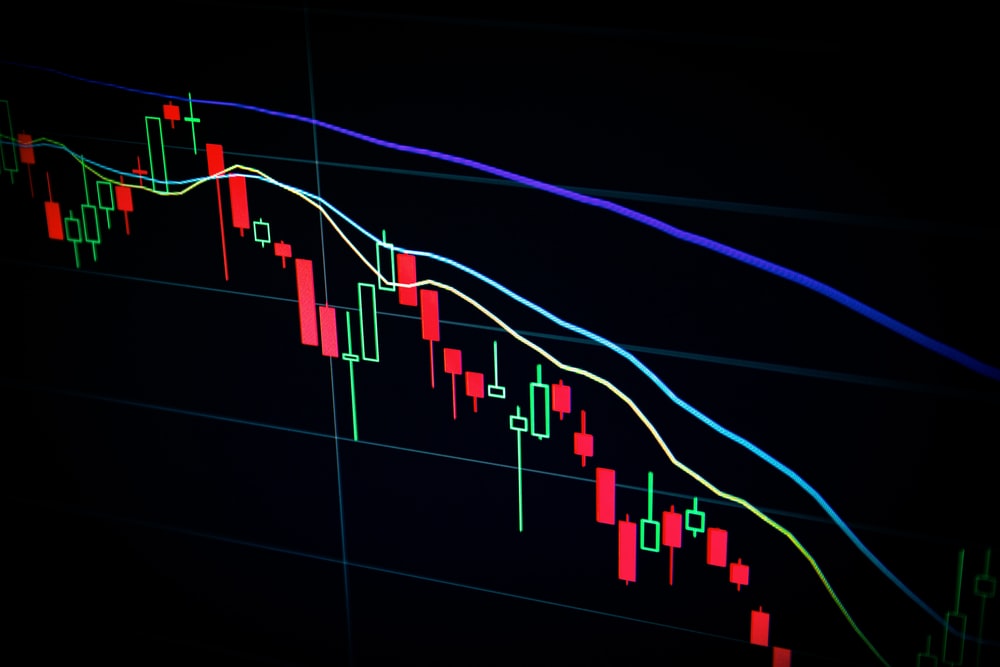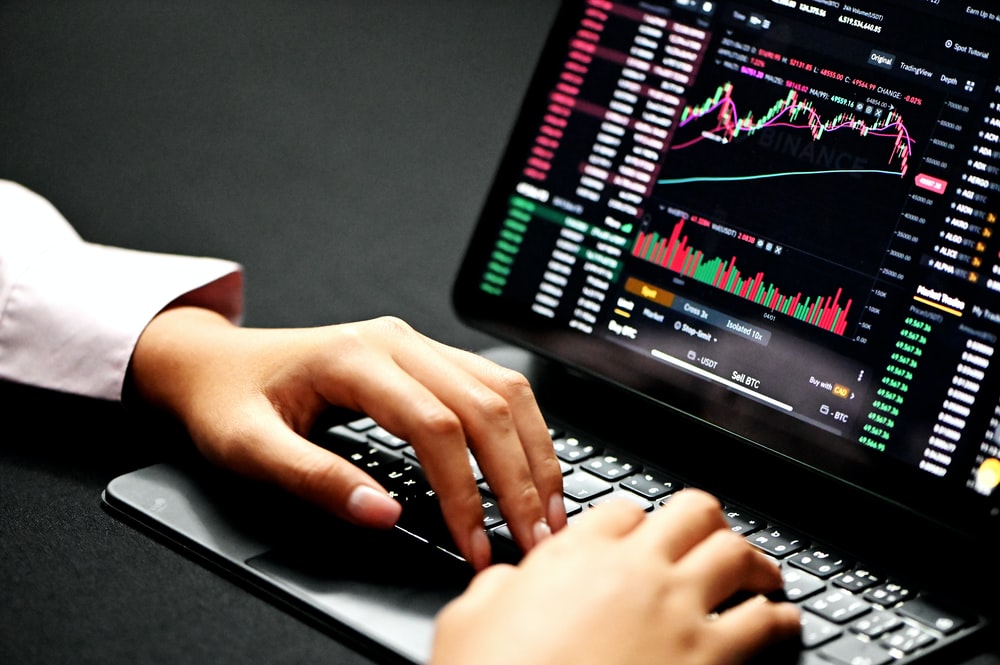Backtest trading in python is one of the best things a trader can ever have. In terms of the production process of Systematic Trading Strategy (STS), backtesting is arguably the most crucial step between the development of the strategy and its deployment (live trading). By rigorously backtesting strategies, we can hopefully find flaws in them sooner rather than later, so that loss-making strategies aren’t deployed.
Live trading and trade simulation are related capabilities that overlap with backtesting. STS performance can be quantified using historical data. By visualizing price behavior and trade triggering on a bar-by-bar basis, trading simulators take backtesting to the next level. In simulated/live trading, orders are generated, routed to brokers, and positions are maintained as the orders are executed. STS is tested in real-time: signaling trades, generating orders, routing orders to brokers, and maintaining positions.

Several open-source Python backtesting frameworks are available to the Python community. Documentation and development are, however, still in their infancy. The Github repositories for this open-source backtesting framework are a great resource if you like team-building.
It’s essential to define your STS requirements before evaluating backtesting frameworks.
Frameworks –
Is your trading focused on one or more asset classes?
Backtest trading in python has the frameworks enjoy the ability to use YahooFinance’s US Equities data, but the framework must provide data for derivatives, ETFs, and emerging markets securities. We go beyond data to cover asset classes. Does the framework automatically generate roll-over trades for futures and options with finite lengths? Is illiquidity a concern? When executing large orders, what assumptions should be made?
How often and in what detail does your STS collect data? Trading systems that require every tick or bid/ask to have a very different set of data management issues compared to those that operate on a 5-minute or hourly basis. As a result, hedge funds and HFT shops have invested significantly in building robust, scalable backtesting frameworks that can handle those volumes and frequencies of data. For example, some platforms offer minute-level data for various asset classes, including S&P stocks.
Components– Data and STS acquisition are the components that consume the STS definition and script files and provides the requisite data to the testing component. To speed up STS testing, the framework should support canned functions for the most popular technical indicators if any STS must be recoded before backtesting. According to the framework or what the user is capable of importing, users determine how long of a historical period to backtest.

In performance testing, a broad range of risk and performance metrics are calculated, including max drawdown, Sharpe, and Sortino ratios, for the requested historical data window. Equity curves and decided statistics are supported by most frameworks.
The STS process is dominated by optimization, which consumes the majority of the computing resources. Consider a distributed/parallel processing framework if your STS requires optimization.
There are three more components technical indicators, portfolio context, and position sizing.
This blog will help you to understand the backtesting systematic trading strategies and its framework components and requirements for backtesting trading in python. We try to cover most of the significant parts of the backtest trading.
